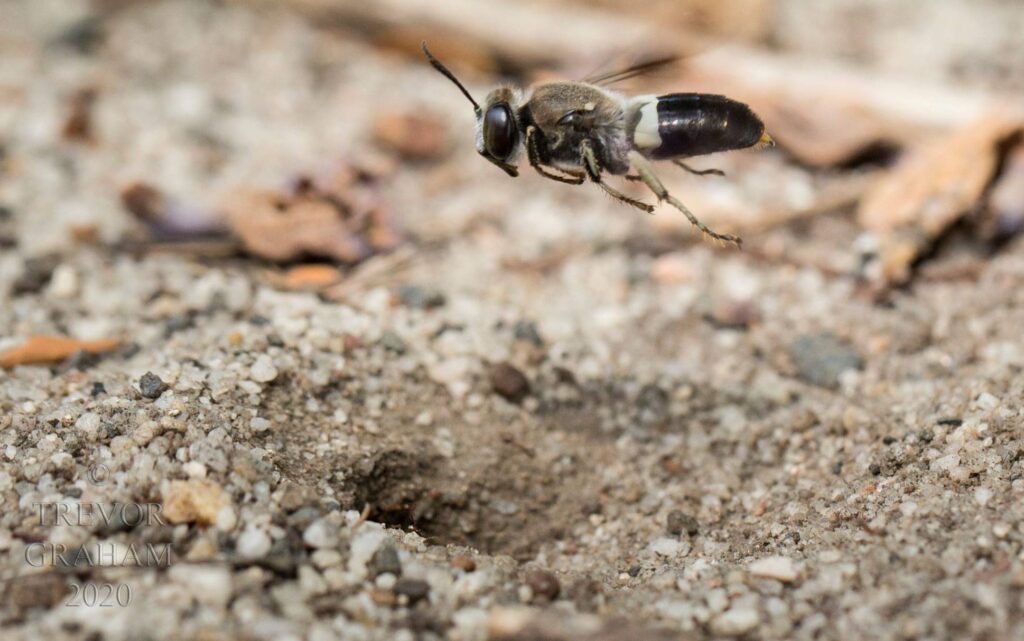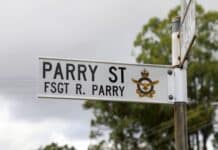
Local photographer and wildlife enthusiast Trevor Graham has captured a photo of a sand wasp mid-flight, replicating an image he shot more than four decades ago.
The Elliott Heads man said the split-second moment in time was extra special for him and was quite literally years in the making.
“I was probably about 10 or 12 years old the first time I tried to photograph one of these wasps making her nest hole,” he said.
“The camera was a Kodak Instamatic, grossly inadequate but it was all I had at the time.
“That was what started my ‘thing' for wildlife photography and I could still walk to almost the exact spot on the walking track at The Wallum Reserve near my home town of Bundaberg where it happened.”
Now at 57 years old, Trevor said he never thought he would be able to try to replicate that photo again in his own front yard.
“The wasp in the photo is one of about 380 species of sand wasps throughout the world,” he said.
“For the gear junkies, the camera was a Canon 700D with a Canon 100mm L macro and as usual, the technique was patience and more patience and luck.”
Sand wasps make excellent hunters
Trevor said over the years his level of involvement in photography had fluctuated but wildlife and being in the outdoors had always been his “thing”.
“I am definitely not an expert on wildlife and I often learn more after I photograph something,” he said.
“It's interesting that sand wasps are famously spider killers but I have since found out that most of their prey is flies, used to feed the young.
“The female takes many insects to the babies over a period of time in the same way a bird does to its chicks.
“The young are in individual burrows.”
According to the Australian Museum sand wasps are excellent hunters, ground-nesters and prefer a solitary work life.
Although the insects may nest in a group, they do not share labour unless the nest needs defending, in which case they may attack as a swarm.
Sand wasps are found throughout Australia in urban areas, forests and woodlands, and heath.
Related stories: Giant Burnett River lungfish enjoys a pat from Steve







